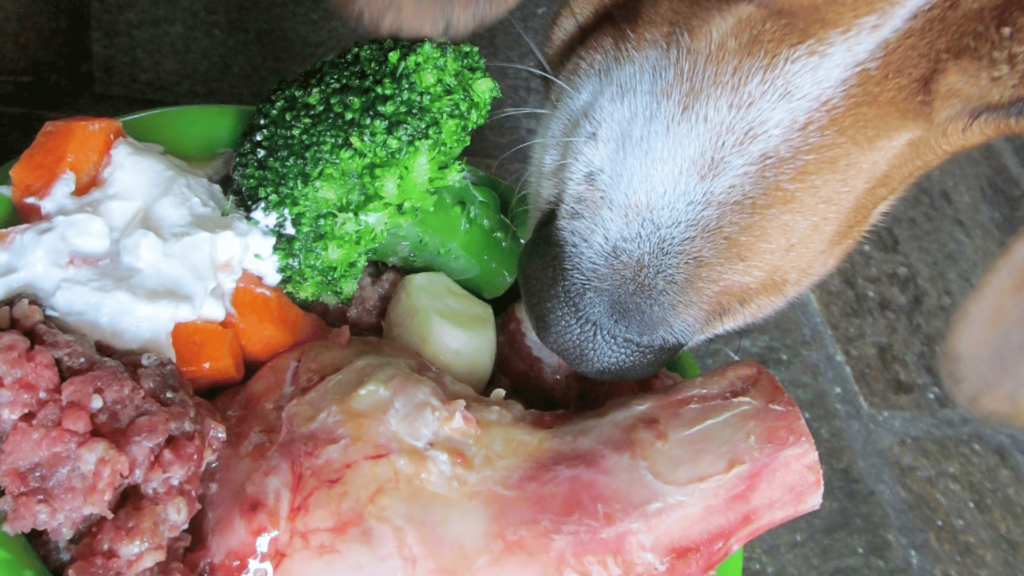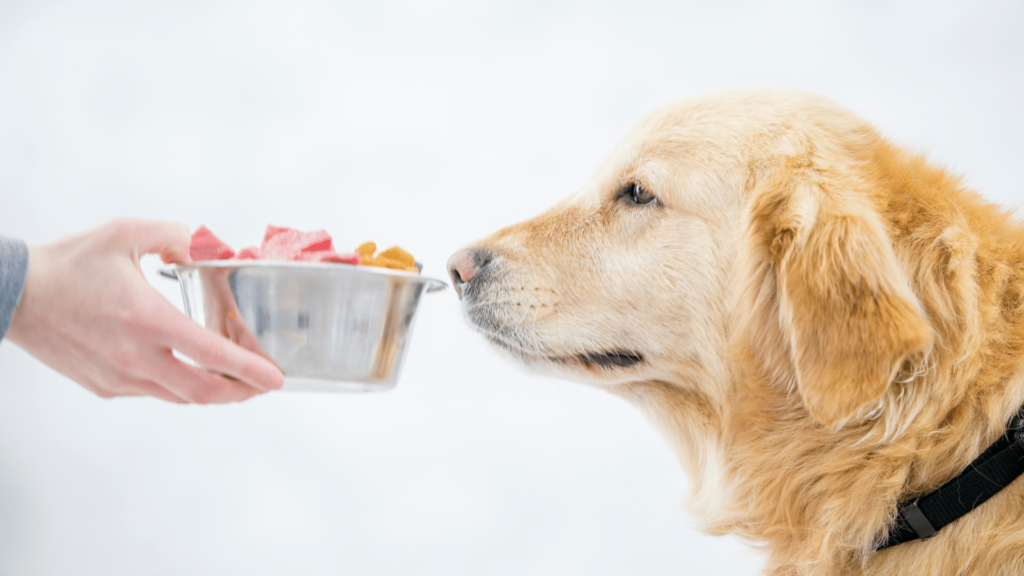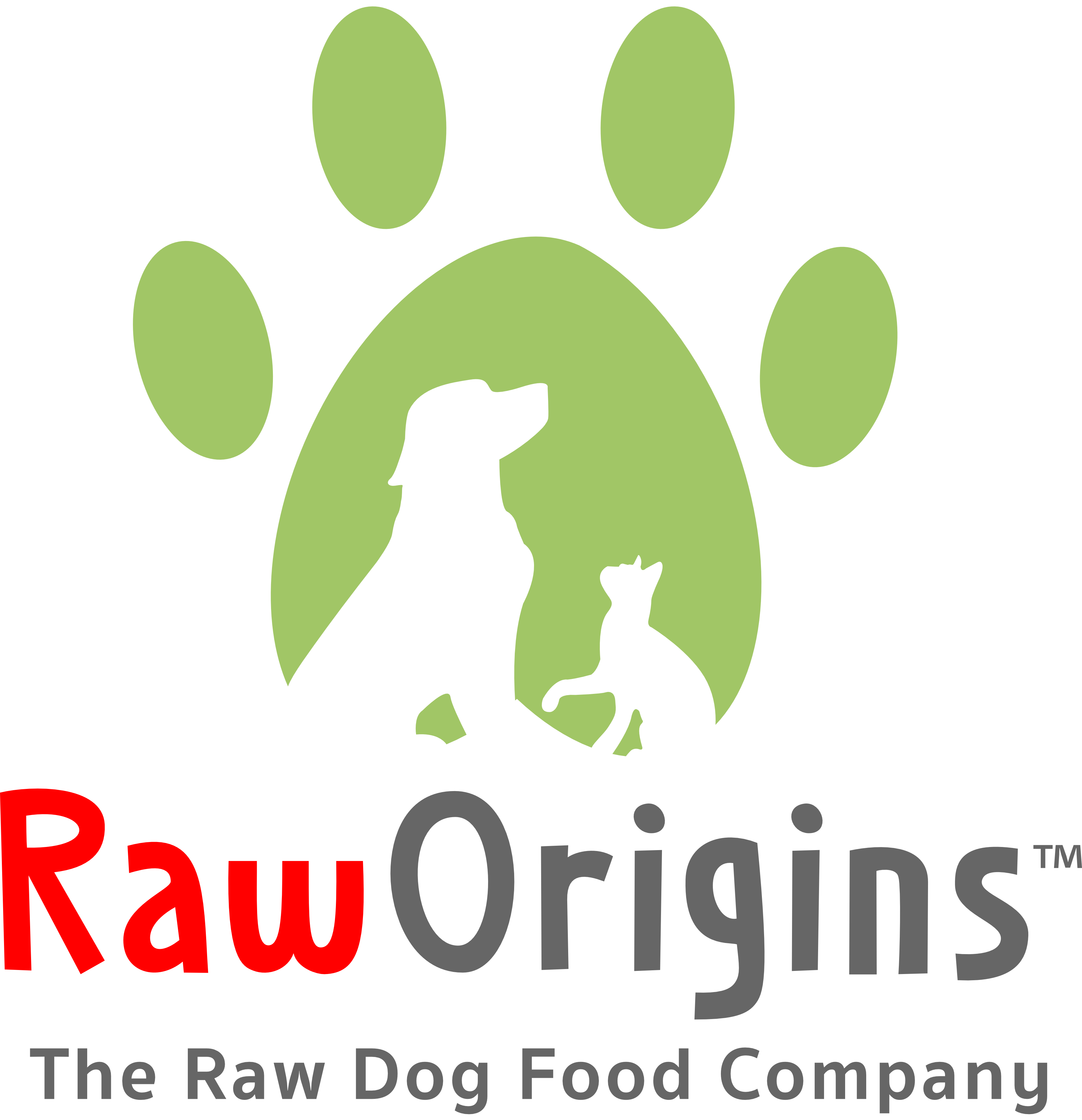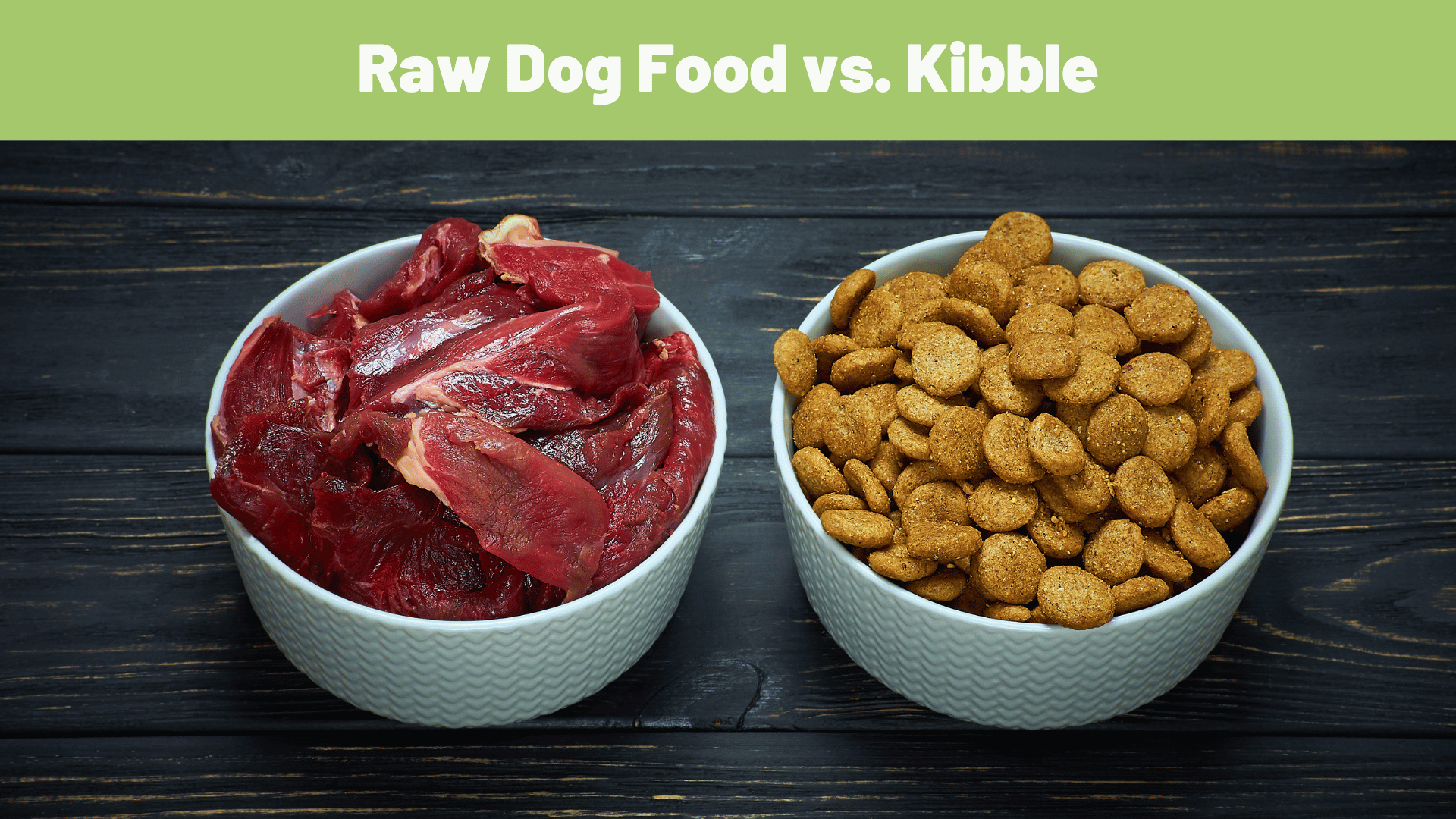When it comes to feeding your furry friend, there’s an ongoing debate between raw dog food and kibble. Both options have their pros and cons, but understanding the differences between the two can help you make an informed decision about what’s best for your beloved pet. In this article, we’ll delve into the comparative aspects of raw dog food and kibble, shedding light on their nutritional values and potential drawbacks.
Raw Dog Food
Raw dog food, often referred to as the BARF (Biologically Appropriate Raw Food) diet, consists of uncooked ingredients such as meat, bones, organs, fruits, and vegetables. Advocates of raw feeding argue that it closely mimics what dogs would eat in the wild, providing them with a more natural and nutrient-rich diet.
Nutritional Value: Raw dog food is rich in essential nutrients, enzymes, and amino acids that are preserved through minimal processing. This can lead to improved digestion, healthier skin and coat, and better overall health for your canine companion.
Improved Dental Health: Chewing on raw bones helps maintain dental hygiene by reducing tartar buildup and promoting healthy gums. This natural dental care can prevent dental issues such as tooth decay and gum disease.

Higher Palatability: Many dogs find raw food more appealing due to its natural flavors and textures, which can encourage better eating habits and increase mealtime enjoyment.
Potential Allergy Relief: Some dogs with food sensitivities or allergies may benefit from a raw diet, as it eliminates common allergens found in processed kibble such as grains and fillers.
Kibble
Kibble, the most common commercial dog food, is a convenient and cost-effective option for pet owners. It typically contains a blend of processed meat, grains, vegetables, and supplements to meet dogs’ nutritional needs.
Processing and Additives: Kibble often undergoes extensive processing, which can lead to a loss of some essential nutrients. Additionally, many commercial kibble brands may contain artificial additives, preservatives, and fillers that might not contribute to the optimal health of your dog.
Lower Palatability for Some Dogs: While many dogs find kibble palatable, some can be picky eaters or may develop preferences for the more natural flavors and textures of raw food.
Potential Allergens: Certain dogs may develop allergies or sensitivities to common ingredients found in kibble, such as grains and artificial additives. Raw diets, by contrast, eliminate many of these potential allergens.
Dental Health Concerns: While some kibble brands claim to promote dental health, the chewing action required for raw bones may offer more effective natural dental care compared to the crunching of dry kibble.

Choosing between raw dog food and kibble ultimately depends on your dog’s individual needs, preferences, and lifestyle. While raw feeding offers numerous benefits, including nutritional value and improved dental health, it requires careful planning and supervision. On the other hand, kibble provides convenience but may come with disadvantages such as processing, potential allergens, and lower palatability for some dogs.
Conducting thorough research can help you make an informed decision that prioritizes your dog’s well-being and happiness. Providing your furry friend with a balanced diet, regular exercise, and plenty of love and attention is key to ensuring a long, healthy, and fulfilling life together. Get updated knowledge on how to feed raw, discounts, coupons, and holistic rearing at www.raworigins.pet.

